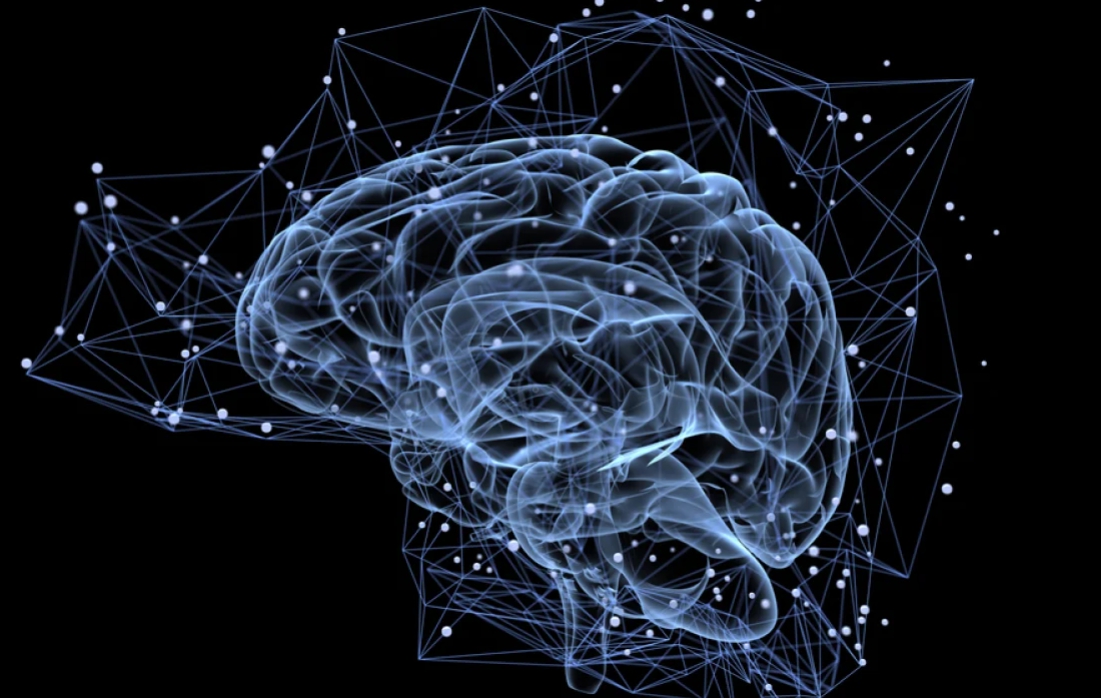목록Computational Neuroscience (9)
Neuroscience Study
We're going to finish up today's lecture with a discussion of reconstruction. I think we all share the dream that one day we might be able to record brain activity, during our sleep, and in the morning play back our dreams. So while the dream state is still not well understood, how close are we from being able to reconstruct even awake sensory experience from neural activity. We can apply the me..
Hi, we're back and launching into population coding. because in general, many neurons participate in the making of our decisions. And so we'll now consider some decoding algorithms that allow for the influences of many neurons in interpreting the stimulus. We're going to start with a simple and elegant example, the cricket cercal system. Crickets are very sensitive to air movements, and these si..
Hello, and welcome back to Computational Neuroscience. This is week three, we'll be discussing decoding. How well can we learn what the stimulus is by looking at neural responses? We'll be covering a few different approaches, starting with some very simple cases in which one has to decide between one of two choices. Given the output of a single neuron and then to the case where one has a range o..
2.4 Neural Encoding: Variability We'll finish up this week's material by considering a final couple of model upgrades. Let's go back and stare at this data again. There are a couple of issues that we haven't yet addressed. One is that we modeled only a time bearing firing rate. And of course this data is in the form of spiked times. In what sense the precise patterns of these spike trains might ..
In the last section we argued that a good basic coding model for many neural systems is a combination of a linear filter, or feature, that extracts some component from the stimulus, and a nonlinear input-output function that maps the filtered stimulus onto the firing rate. Our goal in this section is to understand how to find the components of such a model. You'll be doing this for yourself in t..
1.6 Time to Network: Brain Areas and their Function Hello neuro adventurers. We're nearing the end of our safari through the land of neurobiology. I have my adventure hat on. Do you? In the last two lectures, we had close encounters with those wild creatures called neurons, and their close companions. The synapses. In this lecture we'll stop at a few tourist destinations in the nervous system. T..
1.5 Making Connections: Synapses Hello again and namaste to all of you. In the last lecture we talked about ion channels and how to give rise to action potentials or spikes. In a later lecture we will describe this mathematically using a model first proposed by Hachkin and Hagsli in 1952. Hachkin and Hagsli got a Nobel prize for their computational model, now what does that mean for you? It mean..
1.4 The Electrical Personality of Neurons [MUSIC]. Hello and welcome to Neurobiology 101. In this lecture and in the next two lectures, we'll introduce you to neurons, synapses, and brain regions. Now you might have already taken a course or two in neuroscience or neurobiology in your careers. And if so, you might consider skipping this lecture and the next two ones. But on the other hand, if yo..
1.1 Course Introduction [MUSIC] Hello, and a warm welcome to everyone of you from around the world. This is week one of Computational Neuroscience, and I'm your instructor, Rajesh Rao. Let's begin our computational adventures with a picture. You've probably seen a picture like this before. Physicists tell us that this is the universe that we live in. But I think they're mistaken. This is the uni..
